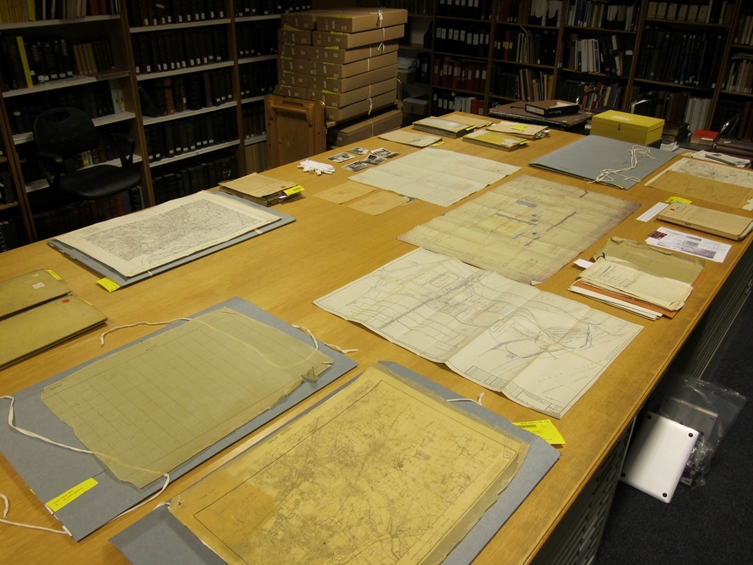Bomb Sight: Mapping the WW2 bomb census
The Bomb Sight project is mapping the London WW2 bomb census between 7/10/1940 and 06/06/1941. Previously available only by viewing in the Reading Room at The National Archives, Bomb Sight is making the maps available to citizen researchers, academics and students. They will be able to explore where the bombs fell and to discover memories and photographs from the period.
The project has scanned original 1940s bomb census maps , geo-referenced the maps and digitally captured the geographical locations of all the falling bombs recorded on the original map. The data has then been integrated into 2 different types of applications . .
Frequently Asked Questions
How did you select which data to map?
To develop a manageable set of data we had to select from a vast array of archive information. This blog post describes the process of narrowing the focus by selecting a time period, a region and a sub-set of maps.The Bomb Sight is using the Bomb Census Maps as the primary data in the tools we are developing. The maps are part of an extensive array of material collected during the Bomb Census Survey 1940 to 1945, organised by the Ministry of Home Security. The records are held in The National Archive (TNA), and we are using the maps with a non-commercial education licence.

Due to the sheer volume of records, photos, documents and information collected during the Bomb Census Survey – the project had to carefully select data to prevent information overload which might mean we miss our completion deadlines. For this reason we spent some time before Christmas at the Archives with one of TNA’s map archivists Andrew Janes. The image shows a snapshot of the types of documents collected during the bomb census. The array of information had the purpose of providing the government with a complete picture of air raid patterns, types of weapon used and the damage caused (TNA, 2011).





0 Comments:
Post a Comment
<< Home